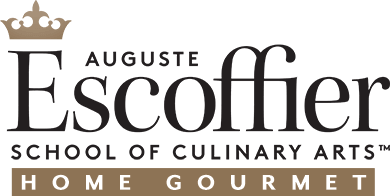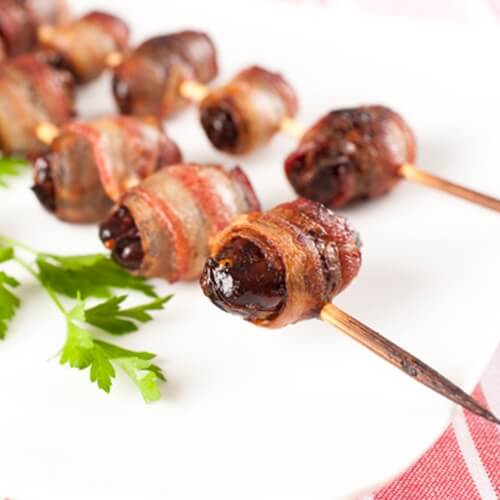Tribute To Bacon
Bacon is a staple food all around the world. It is served at breakfast in millions of households in many different countries. It has made its way into pastas, burgers and casseroles and is the relentless thorn in a vegetarian’s side. You may even have had to use it as an ingredient in one of your online culinary courses. Whatever the case may be, bacon has a special place in many people’s hearts.
History of bacon
Although the domestication of hogs happened around 7,000 years ago, and historians say that the Romans enjoyed bacon in their time, the term “bacon” itself is from the Germanic word “bakkon” for ” back of the animal.” In the 1500s, Europeans who were “bringing home the bacon” were people of affluence and claimed a high status in society.
How it’s made
Technically, bacon is the cured or smoked meat from the belly of a swine. The animal is usually young and weighs anywhere from 185 to 250 pounds.
Curing
The curing process is a meat preservation technique that takes quite some time. Curing techniques like brining use a mixture of salts and nitrates to draw out moisture from the meat and reduce growth of microorganisms that might spoil.
Smoking
Smoking a side of bacon exposes the meat to burning or smoldering plant material. In North America, flavorful woods like hickory, mesquite and maple, and fruit-tree woods like apple, cherry and plum, are used in many homes and restaurants.
Any cut of bacon that is not from the belly of the swine is referred to as the portion from which the cut was taken. For example, cuts from the shoulder are called pork shoulder bacon, back bacon is taken from the back, and so on. Hocks are cuts of bacon from the hog’s ankle and gammon refers to bacon taken from the swine’s hind legs.
If you like this post, please be sure to check out the following!
Trending: Bacon Recipes
Bacon Weave S’mores Are Now A Reality


